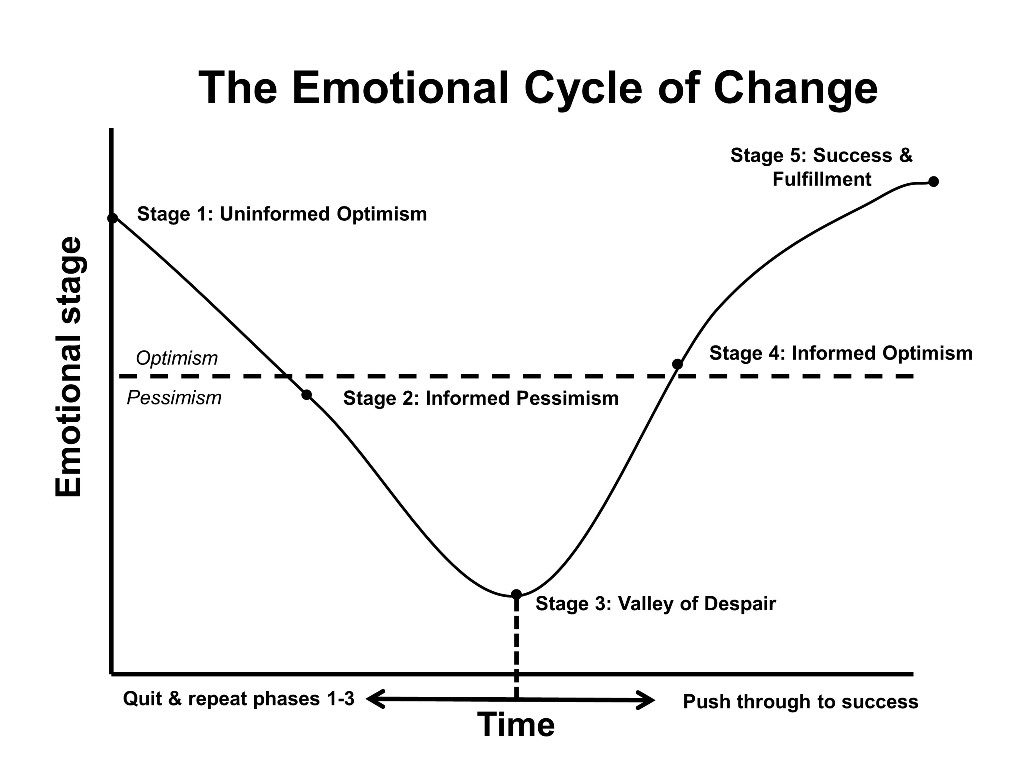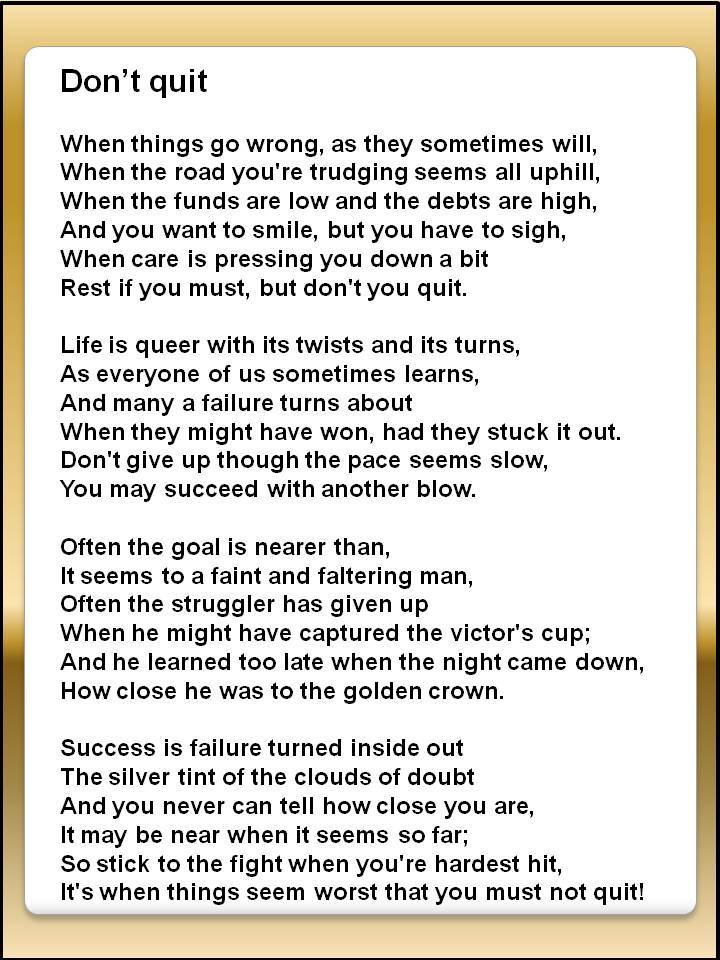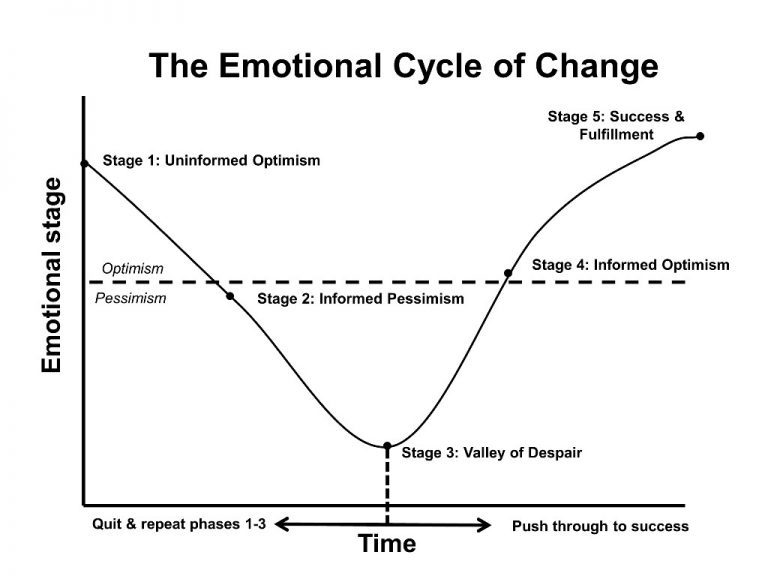“Life isn’t about waiting for the storm to pass, it is about learning to dance in the rain.” – Vivian Greene
Life is not a bed of roses; it is a roller coaster of challenges, sometimes you are up, and other times you are down. You are either heading into a storm, going through a storm, or coming out of a storm. The storms in our life come in different shapes and forms- Job Loss, infertility, self-destructive addictions, depression, poverty, death, accident, health issues, domestic violence, emotional and physical abuse, childhood trauma, personality disorder, etc. It is not a matter of if; it is a matter of when. As British writer Vivian Greene once quipped, “Life isn’t about waiting for the storm to pass, it is about learning to dance in the rain. Whatever would go wrong would go wrong (Murphy’s Law). The key to navigating the roller coaster of life is never letting success get into your head and never let your failures get to your heart.
The Valley of despair is a point we get to in a project, endeavor in life, in which we get bogged down or stressed due to our inability to achieve our goals yet. American Author and motivational speaker Jim Rohn called these periods the winter of life a metaphor for the valley of despair or the tough times. Anyone who has started a new project, be it a blog, new business, workout regimen, or any new challenge, can relate to the valley of despair.
The Emotional Cycle of Change
Psychologist Don Kelley and Daryl Conner presented their Emotional Cycle of Change model in which they developed a model of voluntary change as outlined in the “1979 Annual Handbook of Group Facilitators.

In their book, The 12 Week Year: Get More Done in 12 Weeks than Others Do in 12 Months, authors Brian P. Moran and Michael Lennington writes:
Whenever we decide to make a change in our lives, we experience an emotional roller coaster. Psychologists Don Kelley and Daryl Connor describe this phenomenon in a paper called “The Emotional Cycle of Change.” Kelley and Connor’s emotional cycle of change (ECOC) includes five stages of emotional experience.
The ECOC is the description of the emotional impact of change. By being aware of this cycle, you are less likely to be derailed by negative emotions and are able to manage change more effectively.
Regardless of the change you choose to make, you will experience this cycle. You can plot new relationships, new purchases, new jobs, and new neighborhoods on the ECOC, and it’s always the same. Sometimes the highs are higher, and sometimes the lows are lower; sometimes the cycle is shorter, and other times it’s longer, but in all cases, you will experience this cycle when you decide to make a change in your life.
There are five stages that people move through emotionally when changing their behavior:
I. Uninformed Optimism
II. Informed Pessimism
III. Valley of Despair
IV. Informed Optimism
V. Success and Fulfillment
Uninformed Optimism
The first stage of change is most often exciting, as we imagine all of the benefits and have not yet experienced any of the costs. Our emotions are driven by our uninformed optimism, which is in the positive emotional area of the graph. You see all of the benefits of the change and none of the downside, so this stage is fun. You are brainstorming ideas and strategizing how you might create the new level of results that you desire.”
“Unfortunately, uninformed optimism doesn’t last long. As you learn more about the reality of what it takes to change, positive emotions can quickly sour.”
Informed Pessimism
This stage is characterized by a shift to a negative emotional state. At this point, the benefits don’t seem as real, important, or immediate, and the costs of the change are apparent. You start to question if the change is really worth the effort and begin to look for reasons to abandon the effort. If that’s not bad enough, things get worse.
Valley of Despair
This is when most people give up. All of the pain of change is felt and the benefits seem far away or less important—and there is a fast, easy way to end the discomfort: Going back to the way you used to do things. After all, you rationalize that it wasn’t so bad before. If you quit on change when you are in the valley of despair, you go back to the first stage, uninformed optimism, which is a whole lot more fun than being in the valley!
It is precisely at this stage—the valley of despair—that having a compelling vision is critical. Nearly all of us have had times in our lives when we wanted something so badly we were willing to pay any price and overcome any hurdle to get it. Wanting passionately to reach your vision, combined with commitment and the tools and events of process control, is the way through the valley to the next stage of change.
Informed Optimism
At this stage, your likelihood of success is much higher. You are back in the positive emotional area of the cycle. The benefits of your actions are starting to bear fruit and the costs of change are lessened because your new thoughts and actions are becoming more routine. The key at this stage is to not stop!
Success and fulfillment
At this final stage of change, the benefits of your new behaviors are fully experienced and the costs of change are virtually gone. The actions, which at the beginning were difficult and uncomfortable, have now become routine. Every time you complete the cycle, you build not only your capacity, but also your confidence.
At this point, you can move on to the next change that you want to implement with greater assurance of success
The Valley of Despair – The Winter of Life
American author Jim Rohn writes in his great book, the seasons of life which is based on the parable of the sower and the reaper. The winter season is synonymous with the valley of despair. Jim writes:
Winter, like spring, is a season which can make its brief appearance during any season, as a brief reminder of its ultimate power.
Winter can make its threatening appearance during the season of opportunity—the spring—and if we do not quickly respond to cancel its potentially devastating effect, the season of opportunity will be taken from us by one of the storms of life, leaving us with yet another full year of waiting. Winter can prematurely appear during the season of harvest—the fall—just as we are about to reap the rewards of expended human effort, and leave us with crops—or results—which are of little value.
The first great lesson of life to learn is that winter will always come; not only in the winter of cold, and wind, and ice, and snow, but the human winters of despair and loneliness, or disappointment, or tragedy. It is winter when prayers go unanswered, or when the acts of our children leave us shaken and stunned. It is winter when the economy turns against us, or when creditors come after us. It is winter when competition threatens, or when a friend takes advantage. Winter comes in many forms, and at any time, both to the planter of crops as well as to the person in business, or even to our lives.
“The arrival of winter finds us in one of two categories: Either we are prepared or we are unprepared.”
The major challenge confronting those surrounded by winter is to not let it affect the arrival of spring, and our ability to recognize that arrival. Much of life is in learning to always remain part of the solution rather than allowing ourselves to become part of the problem.
“There’s no such thing as bad weather, only unsuitable clothing.”
Navigating the Valley of Despair
The key to navigating the valley of despair is to be prepared for the storm, uncertainties, and vicissitudes of life. As the Scandinavians would often say, “There’s no such thing as bad weather, only unsuitable clothing.” The key to weathering the storm or bad weather is to be prepared with suitable clothing appropriate for the challenge. It is not a matter of if; it is when the challenges of life would come at us.

As someone that has participated in 10+ marathon, I can relate with the valley of despair. When running a marathon, we often hit the wall. Hitting the wall is when you feel super exhausted, you can barely feel your legs, every step is a victory in self-belief and willpower, and with every step, you doubt you can finish the race. But what differentiates the finisher and the quitter is that the finisher ran, crawled, and walked in spite of the pain. The valley of despair is a terrifying place to be as you want to really give up, You are gasping for air, running in pain, the web traffic is not coming through, the funds are running low, the bills keep pilling, and quitting looks like the easiest way out.
The key is to keep moving, focus on what really matters, see the end in mind and believe in yourself continuously. This too shall pass, you’ve got this, it takes time to build anything worthwhile, keep the faith and keep pushing.
All the Best in your quest to get Better. Don’t Settle: Live with Passion.



Comments are closed.